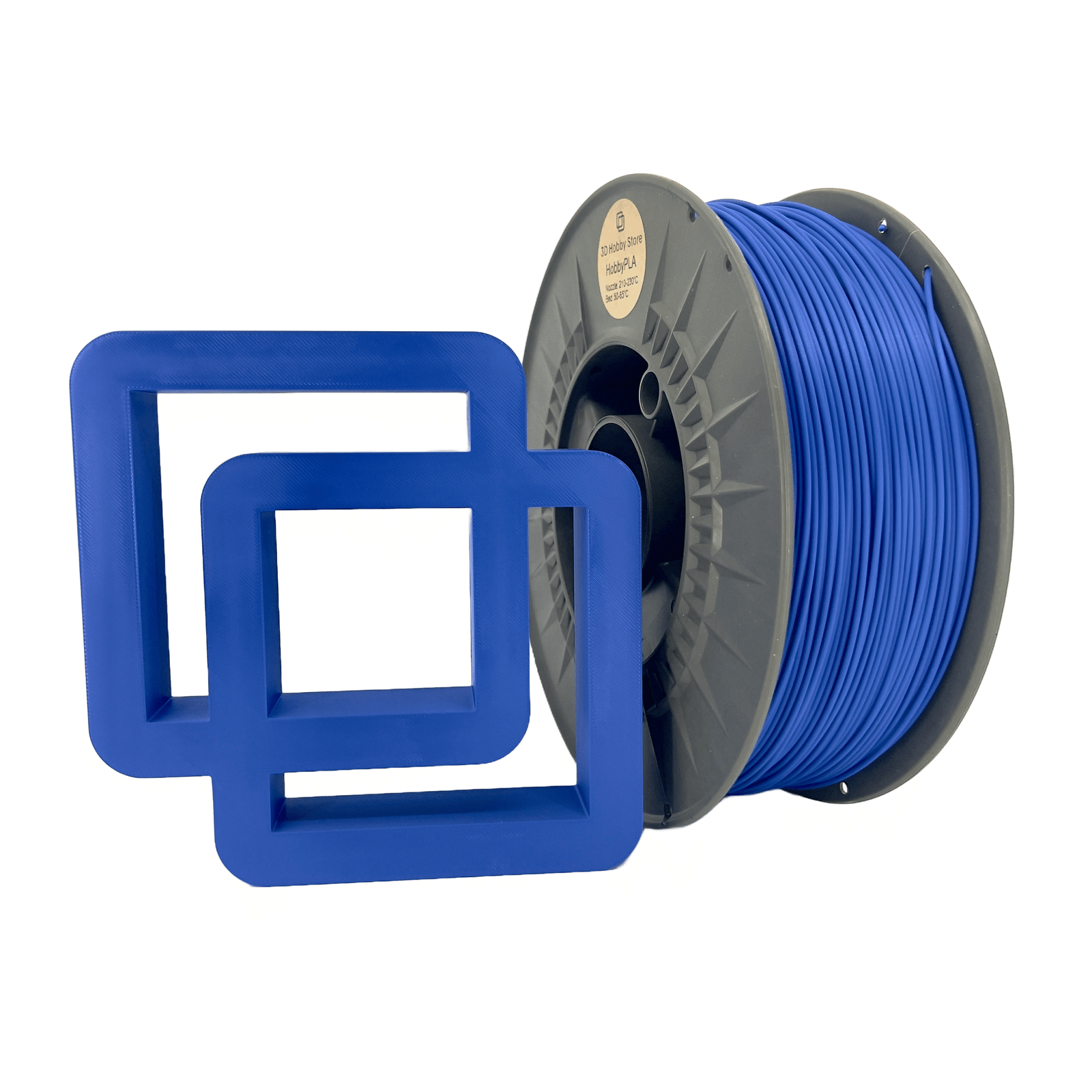Introduction
Every 3D printing enthusiast eventually learns one hard truth — even the best filament can fail if it isn’t stored properly. Spools that sit out too long absorb moisture, get brittle, and start producing inconsistent prints. That’s why 3D filament storage is not just a convenience; it’s a necessity. Whether you’re a weekend hobbyist or running a full maker setup, understanding how to store 3D filament properly will keep your materials fresh, reliable, and print-ready.
The Problem: What Happens When Filament Isn’t Stored Properly
Moisture Absorption & Its Consequences
Filament materials like PLA, PETG, and Nylon are hygroscopic — they naturally absorb moisture from the air. This trapped moisture turns into steam when heated, causing popping noises, bubbles, and weak layer adhesion during printing. Poor 3D filament storage directly leads to poor print quality and wasted material.
Dust, UV & Environmental Contaminants
It’s not just moisture. Dust buildup, sunlight, and fluctuating temperatures can also degrade filament. UV light can cause color fading and molecular damage, while temperature swings can warp spools. Understanding how to store 3D filament to avoid these factors can extend its shelf life by months.
Physical Deformation, Tangling & Breakage
Improperly wound or stored filaments often lead to tangles and tension spots. When you pull on the spool during printing, these stress points can cause sudden snapping — especially with brittle PLA. Keeping your spools neatly organized is another core principle of effective 3D filament storage.
How Poor Storage Impacts Print Quality
From inconsistent extrusion to poor layer bonding, improper storage ruins your results. If you’ve ever wondered why your prints started stringing or cracking, the answer might not be your slicer settings — it might be your storage setup.
What Makes a Filament Storage Solution “Actually Work”
Key Requirements: Dryness, Airtight, and Accessible
Good 3D filament storage keeps humidity below 10% relative humidity. Containers should be airtight, easy to open, and designed to keep spools accessible for frequent use.
Metrics & Benchmarks
If you want to learn how to store 3D filament effectively, monitor humidity levels inside your containers. Use hygrometers and rechargeable desiccant packs. For long-term storage, a vacuum-sealed environment performs best.
Trade-offs: Cost, Complexity, Size
While industrial-grade dry cabinets are amazing, they’re also expensive. On the other hand, DIY dry boxes can work well for smaller setups but may require regular maintenance. Choosing the right balance is key.
Commercial / Ready-Made Storage Options
Vacuum Sealed Bags & Containers
The simplest way to handle 3D filament storage is by using vacuum-sealed bags. These remove air and moisture efficiently. Add silica gel packs, and your filament stays dry and ready to use for weeks or months.
Filament Dry Boxes & Enclosures
Electric dry boxes take it further by maintaining a controlled environment with constant airflow and heating. They’re great if you frequently switch between materials and need reliable, daily protection.
Climate-Controlled Cabinets & Drawers
Professional users often rely on climate cabinets with digital controls. If you’re running multiple printers, these are the gold standard for how to store 3D filament in bulk while keeping everything organized.
Pros, Cons & Use Cases
Vacuum bags are cheap but not reusable forever; dry boxes are ideal for frequent users; cabinets offer the ultimate control but cost more.
DIY & Budget Filament Storage Hacks
Using Ziplock Bags + Silica Gel
One of the most affordable 3D filament storage methods is sealing each spool in a ziplock bag with a few silica gel packets. It’s quick, effective, and perfect for hobbyists.
Converted Food Containers or Ammo Boxes
You can repurpose airtight food storage containers or ammo boxes. Just make sure to include desiccant packs to reduce humidity.
Home-Built Dry Boxes
DIY dry boxes with a small heater or fan can maintain a consistent temperature, helping you master how to store 3D filament for the long term.
Organizing Multiple Spools
Label each spool with material type and purchase date. A well-organized system saves you time and helps you track filament freshness.
Choosing the Right Storage for Your Setup
Single Printer / Hobbyist vs Multi-spool Workshop
If you print occasionally, ziplock or vacuum storage is enough. For makers with multiple machines, a dedicated cabinet simplifies workflow and avoids moisture contamination between prints.
Long-Term Storage vs Daily Use
Store rarely used filaments in vacuum-sealed bags, but keep frequently used ones in dry boxes for easier access.
Filament Material Differences
PLA is more forgiving, while Nylon and PETG are extremely moisture-sensitive. Learning how to store 3D filament for each type ensures material longevity and consistent results.
Budget Tiers & ROI
A $10 setup with bags and desiccants can work surprisingly well, but investing $100–$200 in a controlled cabinet may save you from costly print failures.
Best Practices & Maintenance Tips
Monitoring Humidity & Desiccant Replacement
Check hygrometers regularly and replace silica gels once they turn color.
Spool Rotation
Follow a “first in, first out” method to use older spools first.
Pre-Drying Before Printing
If a spool feels damp, use a filament dryer at 50–60°C for a few hours before printing.
Labeling & Metadata
Label each spool with date, material, and brand to keep track of performance and aging.
Summary & Recommendations
The secret to flawless 3D prints isn’t just in slicer settings or printer calibration — it starts with how you store your materials. Proper 3D filament storage prevents moisture absorption, brittleness, and poor adhesion, ensuring every print looks as good as the first. Whether you choose DIY boxes, vacuum bags, or professional dry cabinets, the key is consistency. Once you master how to store 3D filament effectively, your projects will stay strong, smooth, and ready to impress.

